-
Portable Document Format (PDF)
A PDF ensures that your printed or viewed file retains the formatting that you intended. Please ensure that your PDF preference is set for press quality. This will ensure that fonts and images are embedded and that not loss of data occurs during the printing process.
-
Cased, Section Sewn with square/round back
Section Sewn binding is the highest quality binding style and section sewn books are library quality, archival safe books because the pages are physically thread sewn together, then reinforced with fabric backing and adhesive to be cased in.
Cased Perfect Bound
This binding allows for an economical case book using a perfect bound book block that is then cased in using endpapers.
Limp Sewn
A limp sewn book combines a section sewn book block with a soft cover to combine the strength of best quality binding with the economical finish of a softcover. Sections are firstly pre-collated and are then sewn together. This sewn book block is then glued to the cover.
Burst Bound
Sections are collated and the spine is notched during the folding process using a special burst notching attachment. The spine is not milled at the binding stage and the glue penetrates the notches into the centre of the section to allow adhesion to the cover.
Perfect Bound
Perfect binding is a popular and economic binding style where book sections have the spine buzzed off and then glue applied at the spine with a cover drawn on.
Wire Bound
Wire bound books and documents have the benefit of opening flat or turn close to 360 degrees. This binding is achieved by hole punching text blocks along the spine, feeding selected wire through the holes and then machine pressed to form the binding.
Plasticoil Bound
Also known as spiral binding or coil binding, plasticoil comes in a variety of colours and allows a document to open flat similar to wire bound.
Saddle-stitched
Saddle stitching refers to a popular binding style where text pages are gathered one inside the other with wire staples inserted at the spine line to form the binding. Saddle stitched books are economical and can open close to flat but doesn't allow for a spine and is restricted to smaller page counts.
-
We have a wide range of finishing options to make your book that little bit more special. Here are a few examples:
Embossing
This is a finishing technique used to imprint impressed images onto paper in a raised design. This could be used for a graphic image or text. The embossed area can be printed or foil stamped or be left un-printed.
Debossing
Similar to embossing, this finishing technique is used to imprint impressed images or text onto paper, but in a depressed design so the image of text appears sunken on the page. The debossed area can be printed or foil stamped or be left un-printed.
Foiling
Foil stamping is a specialty printing process that uses heat, pressure, metal dies and foil film.
Spot Celloglazing
Celloglazing is a process whereby a thin sheet of film is adhered to the printed piece of paper/ board using heat and pressure. There are matt or gloss celloglazing and the process adds depth to colour as well as protecting the printed area it covers. Spot celloglazing involves celloglazing on select text or images to help it stand out.
Head and Tail Bands
Head and tail bands are coloured cloth found on the top and bottom of a case bound book where the pages meet the spine and have been around at least since the fifteenth century. Originally they were used to reinforce the binding; these days they are used decoratively to coordinate with the books' cover or spine or end papers.
Coloured Ribbon Marker
These are cloth ribbons acting as bookmarks and are sewn into a hardcover book. The colour of Ribbon markers are usually coordinated with the colour of head and tail bands to achieve a harmonious look.
-
“Trim size” is essentially the publishing term for “book size.” After each copy is printed and bound, the book is mechanically “trimmed” so that the size of every page is uniform. The trim size relates these dimensions, in width x height format.
-
PDF Checklist:
Are all the fonts embedded?
Are all crop marks at least 3mm away from trim edge?
Is there between 3mm and 5mm bleed?
Are all 4-colour elements CMYK?
Are all black elements GREYSCALE?
Are spot colours set up correctly?
* Note that RGB should not be used.
** Ensure that page set-up is set at single pages not imposed or running pairs.
-
Yes! We work with the some of the most talented illustrators and designers in the industry. Speak to one of our specialists today to discuss your options; books@ligare.com.au or 02 9533 2555.
-
You've come to the right place! Ligare is your one-stop-shop that will bring your book to life. Contact us today and we will get you started on your journey; 02 9533 2555 or books@ligare.com.au.
-
Here at Ligare, we are honoured to work with the best book distributor in Australia. Speak with one of our specialists today to discuss your options; 02 9533 2555 or books@ligare.com.au.
-
Yes! Call or email us to organise your sample today; 02 9533 2555 or books@ligare.com.au.
